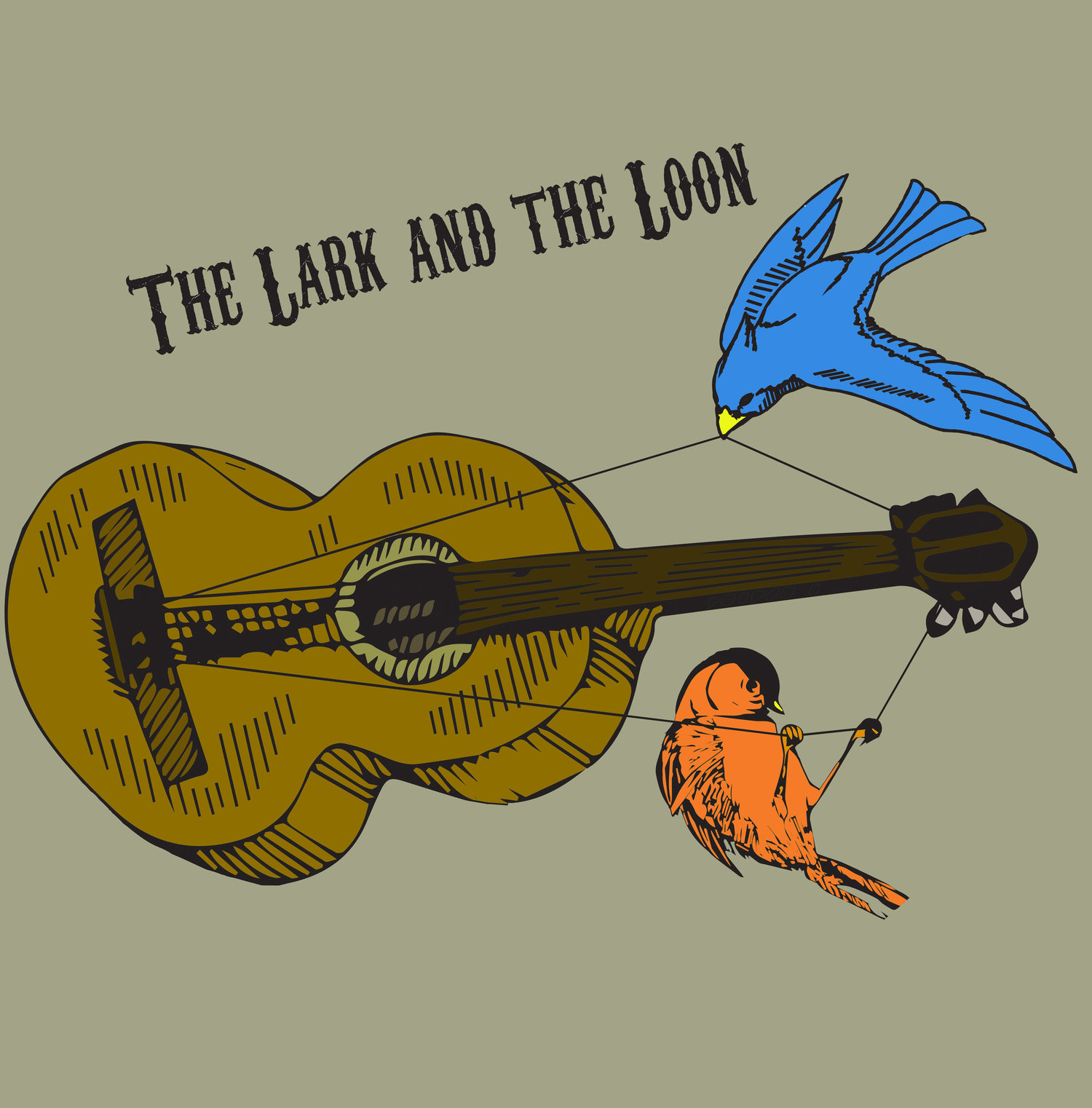Just yesterday afternoon I was struggling with a metal ring. It was a large metal ring the exact diameter of my banjo. This was intentionally done back in the 1890's or so when the ring was made. It was one of the many, many parts that would eventually come together in the course of the day to make a complete playable banjo. After much swearing, and self bargaining I finally got it slipped over my goat skin drum head and slipped around the tone ring. Then I had to meticulously attach all the little hooks and nuts on the side to bring the tension to that perfect spot. Once I finally did that, I had to set the tailpiece, then find the perfect spot for the bridge in accordance with the fret board. Finally I set new my nylon strings on this antique beauty and strummed.
It was horribly out of tune.
The banjo is a horrendously unforgiving instrument. I have owned 3 in my lifetime and all of them have been complete with their quirks and trials. They often can be difficult to tune, sometimes the bridge collapses and needs to be reset. (Often right before a gig too!) and some of them are very very heavy. This was particularly true with my first banjo. It was a Jida brand banjo I got at a music shop. I knew nothing about banjos other than "I wanted to learn it" and this made in Korea banjo seemed fitting for me. I remember bringing it home, tuning it and sitting alone on the 3 season porch on a rainy spring Minnesota night plucking it horribly in the solitude of an empty house. (perhaps my banjo playing had driven all my housemates away)
I would learn a lot on that banjo, and eventually take it with me to a dozen or so states and into Canada. I never recorded with it, though a friend of mine did on our trek through Nashville. The five-string banjo has 2 distinct styles that a player will generally choose from. There's the "Scruggs style" or "3 finger" which is the bluegrass oriented picking style I was most familiar with. (Earl Scruggs, Bela Fleck, etc.) Then there's "clawhammer" style which is the style I mostly stick to these days. (Buell Kazee, Bruce Molsky, etc) This is the more "old-time" style often played on old records and usually associated with mountain music. I tried both out quite a bit but never really got the hang of the 3 finger style. I was never motivated enough to actually practice the style, often finding it tedious and boring to practice after a few minutes.
The clawhammer style was the most suited for me, it tends to accompany a solo singer better and have a great rhythmic quality to it that I find mesmerizing. Once I figured this out I traded my Jida bluegrass banjo for a fiddle that I never learned to play and got myself an open back banjo. The banjo I got was Gibson RB-175LN and is my current primary banjo. It was built in 1964 and carries a very unique part of the folk legacy with it.
The Gibson banjo I have is a longneck banjo that was popularized by Pete Seeger. Seeger who liked to do sing a-longs with his crowds and found the key of E suited his voice best. Banjo players can likely attest the key of E can often be tricky on banjo since it's tuned to open G. His solution? Add 3 more frets to the banjo allowing it to go lower. The result is a longer banjo neck and an instrument that's a touch longer than your average bass guitar. These banjos were popular in the 60's often seen in Seeger's hands as well as the Kingston trio. (George Grove fancied the key of F on his). It's rich deep tone paved the way to allow the banjo into more ears and spaces and brought it down from the mountain and into the general public.
My final banjo, and my current project is my Buckbee banjo. It's an antique banjo built around the 1890's and was the source of my frustration just yesterday afternoon. I finally fixed it up yesterday and it's playing better than ever. It was one of the first mass produced banjos and therefore isn't particularly valuable but it sure is fun to play an instrument that old. Banjos have a rich and often dark history tied to American history. It's one of the only truly American instruments after all. It evolved from African gourd instruments brought during the slave trade, its sound maturing through minstrel shows, and finally resting on the tops of hills and mountains in the countryside where their design and sound became more refined. This is why I love them. They're not easy to work with, and sometimes they aren't exactly pretty. They get made fun of a lot, and still carry a stigma about them as a low-brow instrument, but they are what they are: simple, built to work, and played to pass the time. They're as simple as you want them to be and complex as your imagination will allow. They're highly evolved and just plain fun to play. It's complex issues are of no mind to me, I will always forgive their shortcomings of being hard to tune some days, and being a bit too echoing on a humid day. After all, nothing beats the sound of a banjo on the porch on a hot summer day in Arkansas!
Thanks for readin'
-J

